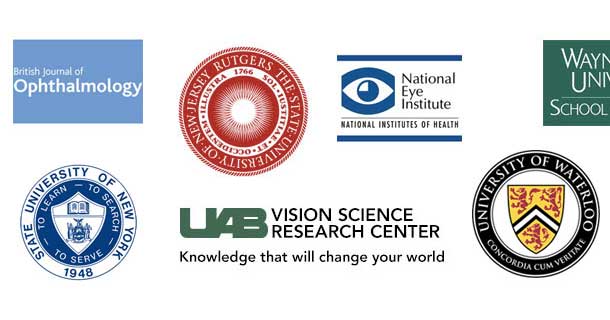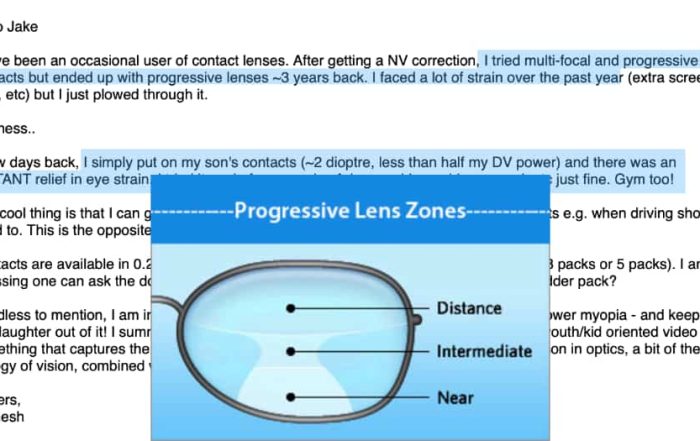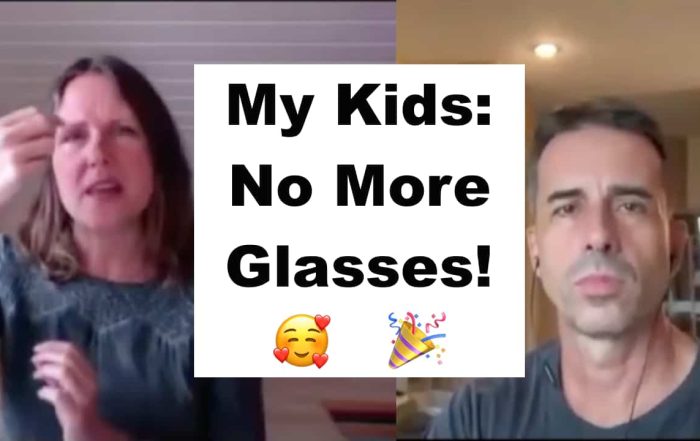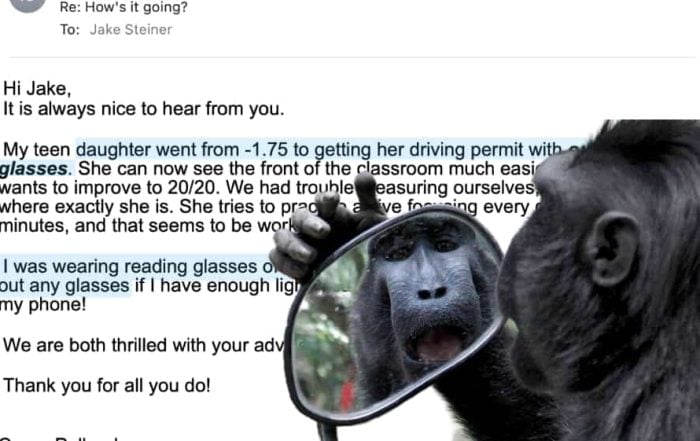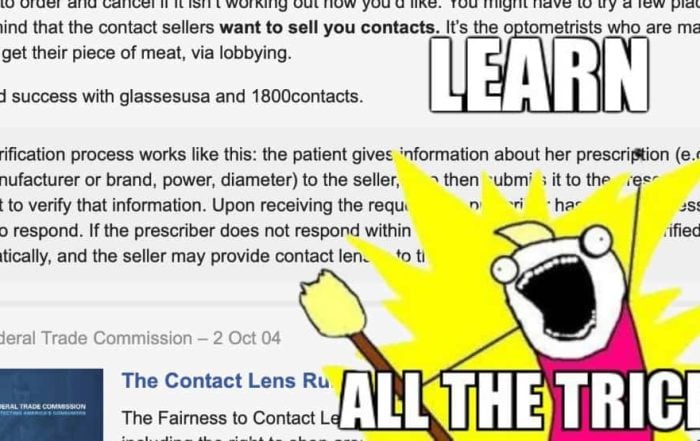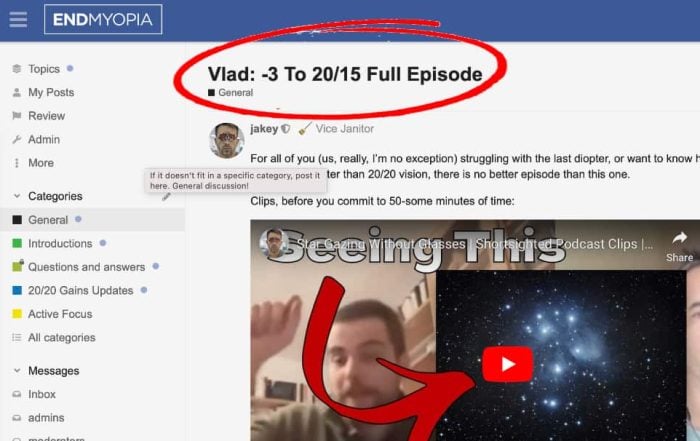Explore Myopia Research From Reputable Journals And Study Aggregators.
There are a number of methods being advertised online, purporting to be able to reverse myopia. It is difficult to assess the viability of many of these claims. Testimonials do little in terms of verifiable effectiveness. Promises and refund policies do not address the actual premises of various programs.
 By far and away my favorite resource for studies, is Google’s “Scholarly Search”.
By far and away my favorite resource for studies, is Google’s “Scholarly Search”.
In Myopia Explained we refer to this excellent search tool on several occasions, and it should be your go-to solution when looking for published studies in medical science journals.
The two big topics throughout the site here are NITM (near work induced myopia), the precursor to progressive (and lens-induced) myopia.
You can find hundreds of articles discussing NITM, via Google Scholarly. I shortcut the link for you, here.
And of course the reason for your myopia continuing to get worse (or having done so in the past), lens induced myopia. This really is the shocker, the industry profit darling and at the same time the cause of your (higher than -1.5) myopia. Here is the link shortcut to those studies, from Google Scholarly: Lens-Induced Myopia.
That is all you really need to dive into the subject, and verify that this site is based on legitimate science (rather than ineffective strategies like Bates Method, pinhole glasses, and silly “eye exercises” or “eye yoga”). For more science resources, see the list below.
Sources Of Clinical Vision Health Research:
Clinicaltrials.gov is a good starting point to find research articles. I put together a sample of relevant studies here:
Subject: Emmentropization
ClinicalTrials.gov Identifier:
NCT00950924
Addresses the fundamental concept of emmetropization (process by which the eye actively adjusts various components of the eye to gradually improve the focus of the eye).
http://clinicaltrials.gov/ct2/show/NCT00950924
Subject: Axial Length
ClinicalTrials.gov Identifier:
NCT00919334
Example of a study using change in axial length of the eyeball to test effectiveness of a myopia progression reduction approach. The study itself is a method different from what we employ. Of note here is the fact that axial length change is not only expected, but also used as the primary means to gauge effectiveness of that approach.
Subject: Axial Change
ClinicalTrials.gov Identifier:
NCT00214487
Highlighting some of the concepts we take into account in our rehab program: “A prominent theory for one cause of myopia progression is that poorly focused images on the back of the eye (retina) cause the eye to lengthen, causing an increase in myopia.”
http://clinicaltrials.gov/ct2/show/NCT00214487?t&rank=3erm=myopia
Subject: Focal-Plane Changing Lenses
ClinicalTrials.gov Identifier:
NCT00000113
Core concepts of our program, using focal-plane changing lenses. “To evaluate whether progressive addition lenses (PALs) slow the rate of progression of juvenile-onset myopia (nearsightedness) when compared with single vision lenses, as measured by cycloplegic autorefraction. An additional outcome measure is axial length, as measured by A-scan ultrasonography.”
http://clinicaltrials.gov/ct2/show/NCT00000113?term=myopia&rank=5
ClinicalTrials.gov Identifier:
NCT00787579
Assessment of Bifocal and Prismatic Bifocal Spectacles for Myopia Control in Children. Related in some aspects to our therapy methods, highlighting again the scientific base of proper approaches, vs. vague promises of questionable online promoted ebooks / DVDs.
http://clinicaltrials.gov/ct2/show/NCT00787579?term=myopia&rank=6
Visit Iovs.org, “Investigative Ophthalmology”.
You will find a number of studies here, highlighting concepts you find in our rehab program. We discuss the problem exacerbated by prescription glasses, and key concepts of your eyeball being able to change it’s axial length. Animal studies like the examples below show the clinical research awareness and focus on these topics.
Effects of Optical Defocus on Refractive Development in Monkeys
Purpose: To characterize the influence of optical defocus on ocular shape and the pattern of peripheral refraction in infant rhesus monkeys.
Corresponding author: Earl L. Smith III, University of Houston, College of Optometry, 505 J. Davis Armistead Building, Houston, TX 77204-2020;
http://www.iovs.org/content/51/8/3864.full
Stimulus Requirements for the Decoding of Myopic and Hyperopic Defocus under Single and Competing Defocus Conditions in the Chicken
Purpose: The bidirectional nature of emmetropization, as observed in young chicks, implies that eyes are able to distinguish between myopic and hyperopic focusing errors.

